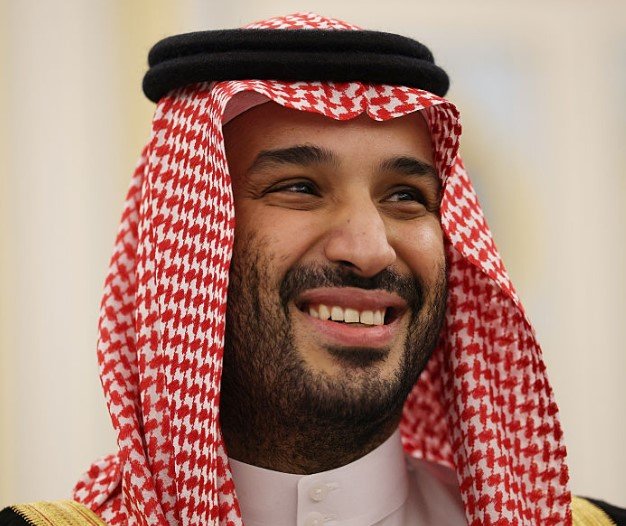Saudi Arabia and Pakistan signed a mutual defense pact on September 17, 2025, in Riyadh, marking a major shift in regional security ties. The agreement, inked by Crown Prince Mohammed bin Salman and Prime Minister Shehbaz Sharif, treats any attack on one nation as an attack on both, amid rising tensions from recent Israeli strikes in Qatar.
Background of Longstanding Ties
Saudi Arabia and Pakistan have built strong military and economic links over decades. These bonds started in the 1960s with joint training programs and grew through shared cultural and religious values.
Pakistan has often sent troops to support Saudi security needs, including during Gulf conflicts. Economic aid from Riyadh has helped Islamabad during tough times, like recent financial crises.
This new pact builds on that history, driven by current events. Israel’s attacks on Doha last week raised alarms in the Gulf, pushing Saudi leaders to seek reliable partners beyond traditional allies.
The deal also reflects worries about Iran’s influence and shifting global powers. Both nations see it as a way to boost stability in a volatile area.

Key Details of the Agreement
The Strategic Mutual Defense Agreement focuses on joint deterrence against threats. It covers military cooperation, intelligence sharing, and rapid response to aggression.
Under the pact, an attack on Saudi soil would trigger Pakistani support, and vice versa. This includes potential nuclear backing, given Pakistan’s status as a nuclear power.
Officials from both sides stressed the goal of regional peace. The signing happened during Sharif’s state visit to Riyadh, with a joint statement released soon after.
Here are some core elements of the pact:
- Mutual response to external attacks
- Enhanced training and technology exchanges
- Focus on countering terrorism and border security
The agreement does not specify exact military commitments but sets a framework for future actions.
Experts note it formalizes informal ties that have existed for years. This step comes as Saudi Arabia invests billions in Pakistan’s economy, including energy and infrastructure projects.
Nuclear Shadows in the Deal
Pakistan’s nuclear arsenal adds a layer of strength to the pact. Riyadh has long been rumored to seek nuclear protection, especially against rivals like Iran.
The agreement raises questions about whether Pakistan’s nuclear umbrella now extends to Saudi Arabia. Sources close to the talks suggest this could deter potential aggressors in the Middle East.
This development worries some observers, who fear it might spark an arms race. Pakistan developed its nuclear program in the 1990s, and Saudi funding has been linked to it in the past.
Recent events, like Israel’s strikes, highlight the need for such deterrence. The pact signals a move away from sole reliance on US security guarantees.
Waning US Influence in the Region
The deal points to declining trust in US commitments. After the Doha strikes, many Gulf states questioned Washington’s reliability as a protector.
Policy experts say this pact redefines US foreign policy in the area. Alex Mishra, a noted analyst, called it a game changer that forces America to rethink its alliances.
The US has provided arms and support to Saudi Arabia for years, but recent hesitations have pushed Riyadh toward other partners. This includes closer ties with China and Russia, though the Pakistan deal stays focused on defense.
In response, US officials have urged dialogue, but the shift shows a broader trend of multipolar influences in the Middle East.
| Aspect | Saudi Arabia’s View | Pakistan’s View |
|---|---|---|
| Security Needs | Protection from regional threats like Iran and recent Israeli actions | Strengthen alliances amid economic pressures |
| Economic Ties | Investments in Pakistan’s projects | Aid and loans from Riyadh |
| Global Impact | Reduces dependence on US | Boosts international standing |
This table shows how the pact aligns interests for both nations.
Regional Geopolitical Shifts
The agreement reshapes power dynamics in South Asia and the Middle East. India, a rival to Pakistan, watches closely, as it could affect balances in the region.
Gulf states like the UAE and Bahrain might follow suit with similar pacts. The deal also impacts ongoing conflicts, potentially deterring escalations involving Israel or Iran.
Analysts predict more joint military exercises and tech sharing. This comes as Saudi Arabia pushes its Vision 2030 plan, seeking diverse partners for growth.
Tensions from the Qatar strikes have unified some Arab nations against common threats. The pact serves as a bold statement in this context.
Reactions and Future Outlook
Global reactions vary. Israel expressed concerns, calling it a potential escalation. Iran warned against foreign meddling in Gulf affairs.
In Pakistan, the public largely supports the move, seeing it as a boost to national pride. Saudi media highlights it as a step toward peace.
Looking ahead, the pact could lead to broader alliances, perhaps involving other Muslim nations. Challenges include implementation and avoiding conflicts with existing treaties.
As events unfold, this agreement might stabilize the region or spark new rivalries. It underscores the need for diplomatic efforts to ease tensions.
What do you think about this defense pact? Share your views in the comments and spread the word to keep the conversation going.
